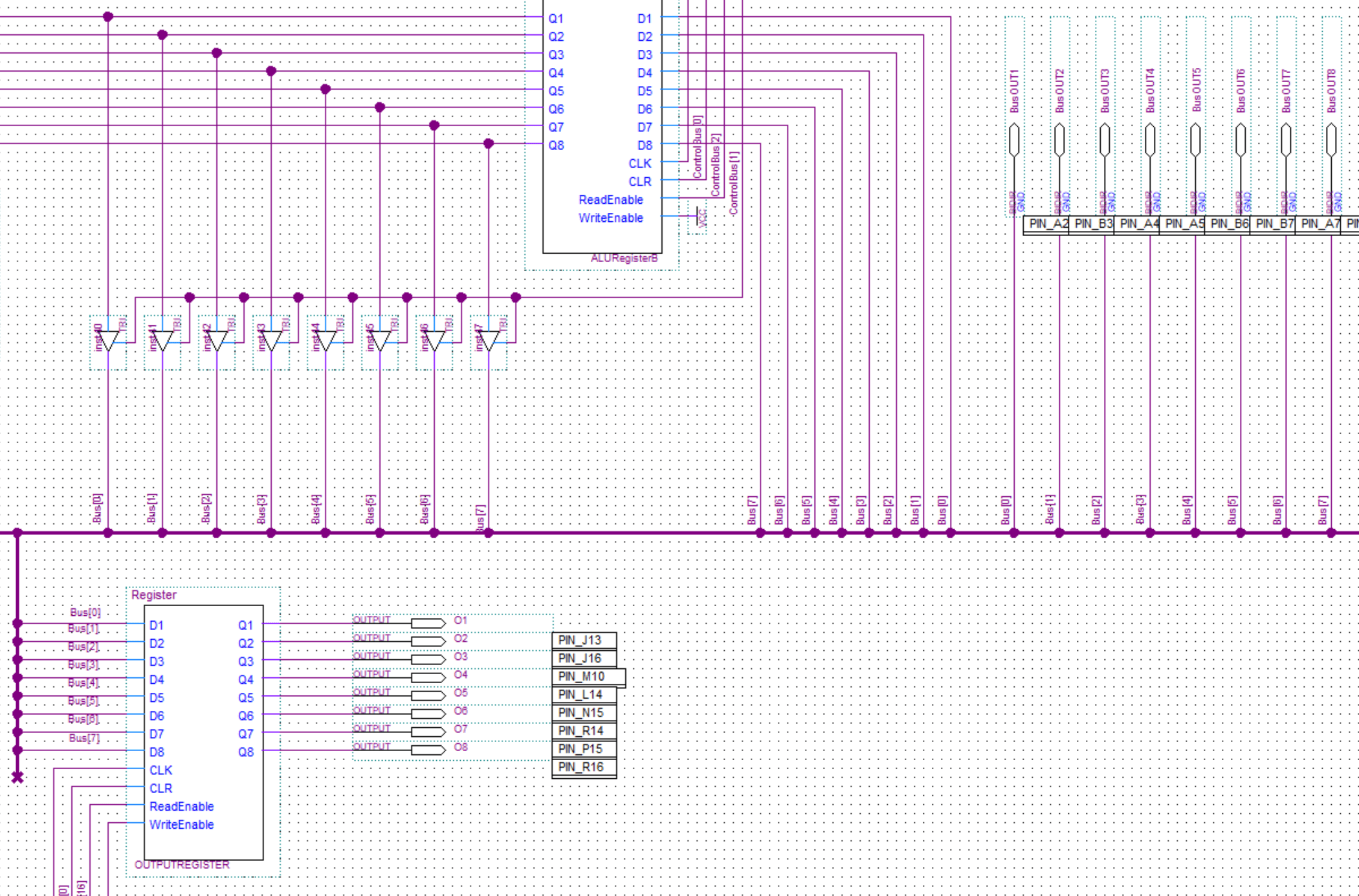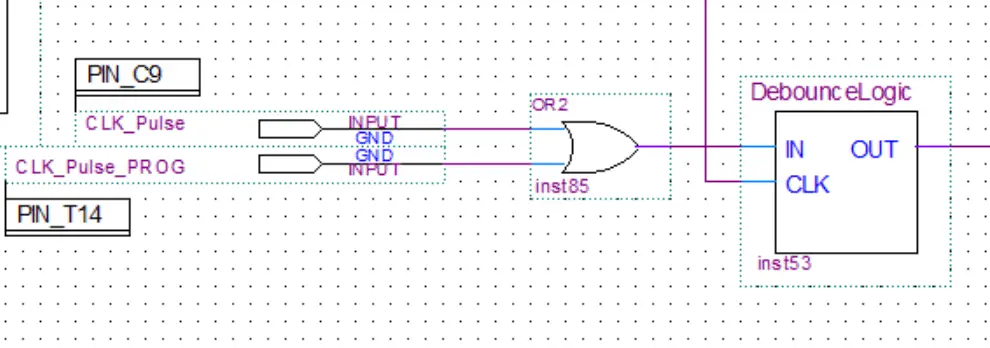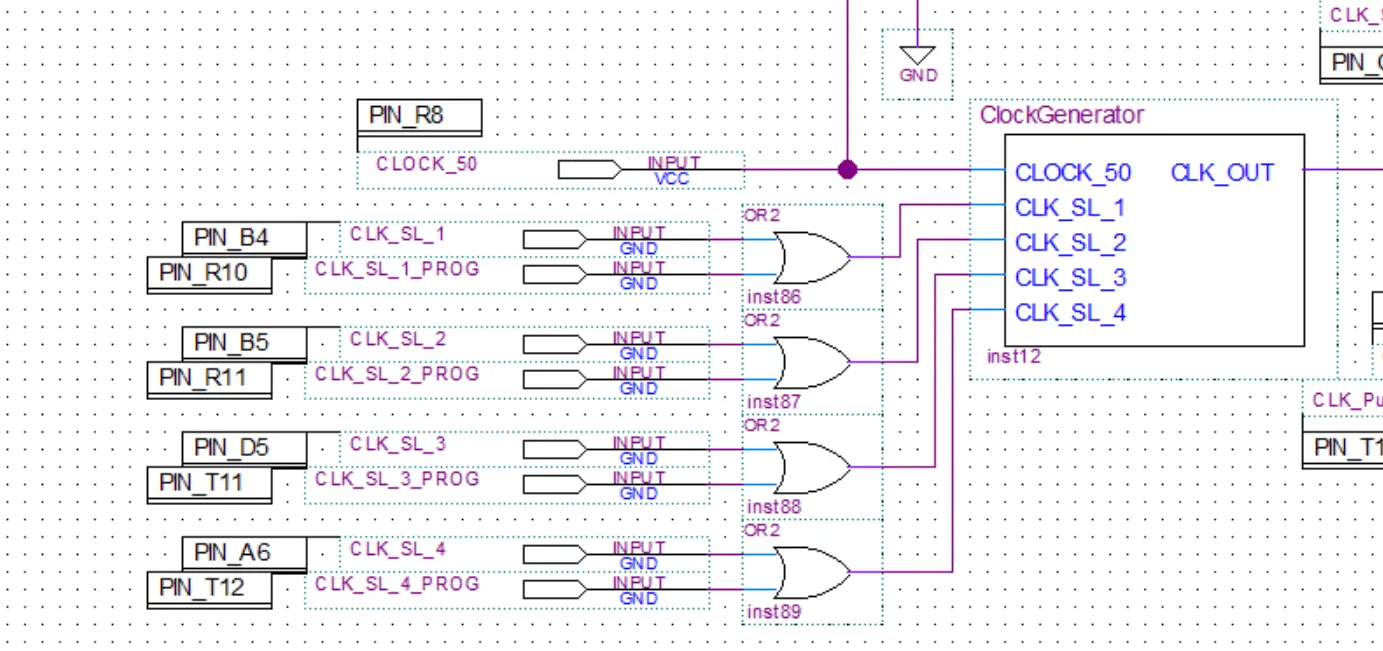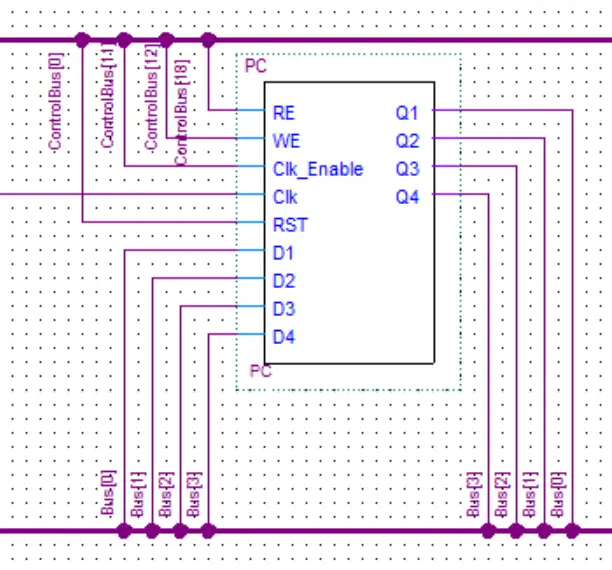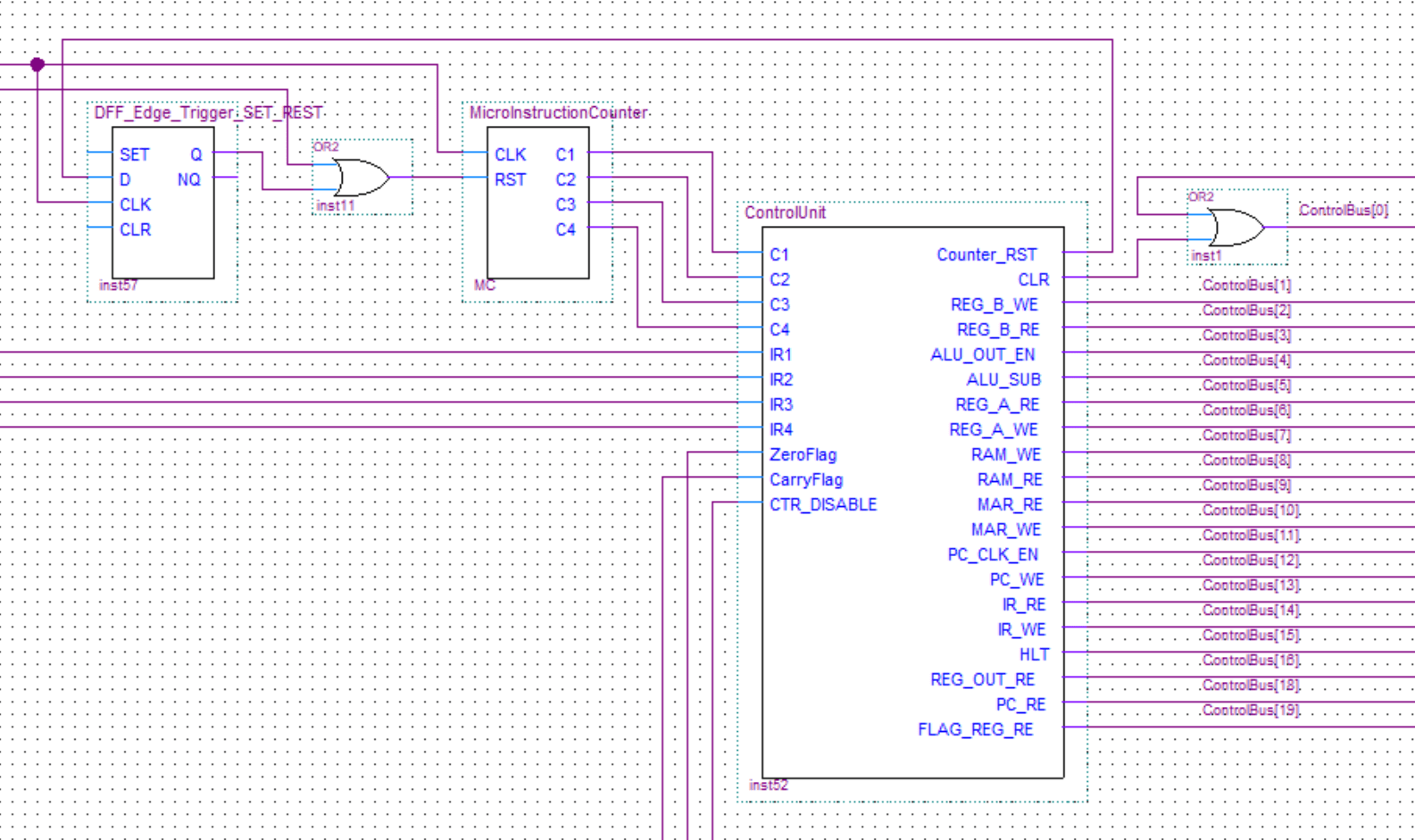PHP Code Snippets
This post contains a list PHP code snippets. In the code snippets, you can find PHP related topics with a quick explanation and a code example. I made this collection of code snippets so that if I ever forget something I can just come here to refresh my memory. Hopefully, you’ll find it useful too.
Making a Browser Extension Tutorial
In this post, I will share/document the things I have learned and show you how to make a basic extension yourself.
How To Make a WordPress Plugin Tutorial
Some time ago I had to make a WordPress plugin as part of my job. Here I will document what I have learned in the process. Hopefully, this can also be useful to anyone who wants to make their own plugin or do any other WordPress development. In this post, we will make a plugin while at the same time learning how to use some of the WordPress APIs.
8-Bit Computer I/O
In this post, we’ll take a look at the inputs and outputs of my 8-bit computer.
8-Bit Computer ALU And The Flags Register
In this post, I will talk about the ALU and the flags register of my 8-bit computer. The arithmetical logical unit(ALU) is where all the computation happens in a computer. The ALU of this computer is very simple and only has the option to add or subtract numbers. So something like multiplication would have to be implemented in software. The flags register stores the Carry(a carry occurs) and Is Zero(the result is a zero) flags that it receieves from the ALU.
8-Bit Computer Button Debouncing
In this post, we’ll take a look at the button debounce module of my 8-bit computer. Ben used a 555 timer in his clock module to make a delay to debounce the button. I took a different approach. I took the 50 MHz input from the crystal oscillator and lowered the frequency by using another clock module. This way I have another slower clock signal independent from the main clock. This slow frequency is then fed into the debounce modules.
8-Bit Computer Clock Module
In this post, we’ll take a look at the clock module of my 8-bit computer. Ben used a 555 timer in his clock module to generate the clock signal for his breadboard computer. The approach I took is a bit different. The DE0 Nano FPGA development board has an onboard 50 MHz crystal oscillator connected to one of the pins of the FPGA. This is where we can get our clock signal from. The problem is that the frequency is way too high for the computer and needs to be lowered. This can be accomplished by dividing the frequency using a frequency divider(which is esentially just a ripple-carry counter) or by using a PLL(phase locked loop).
8-Bit Computer Program Counter
In this post, we’ll take a look at the program counter of my 8-bit computer. The PC(program counter) is used to store the memory address of the next instruction to be executed. After the instruction was executed it the value in the PC will be incremented by one, therefore, pointing at the next memory address that contains the next instruction. The PC is almost identical in construction to the microinstruction counter as both of them are just ripple-carry counters.
8-Bit Computer Control Unit
In this post, we’ll take a look at the control unit of my 8-bit computer. Ben used an EEPROM to make the control unit in his computer. This is a quite clever approach if you are building your computer on a breadboard as it drastically decreases the complexity, amount of components and space needed. But in my case, it was much easier to just implement the control unit using discrete logic gates.




